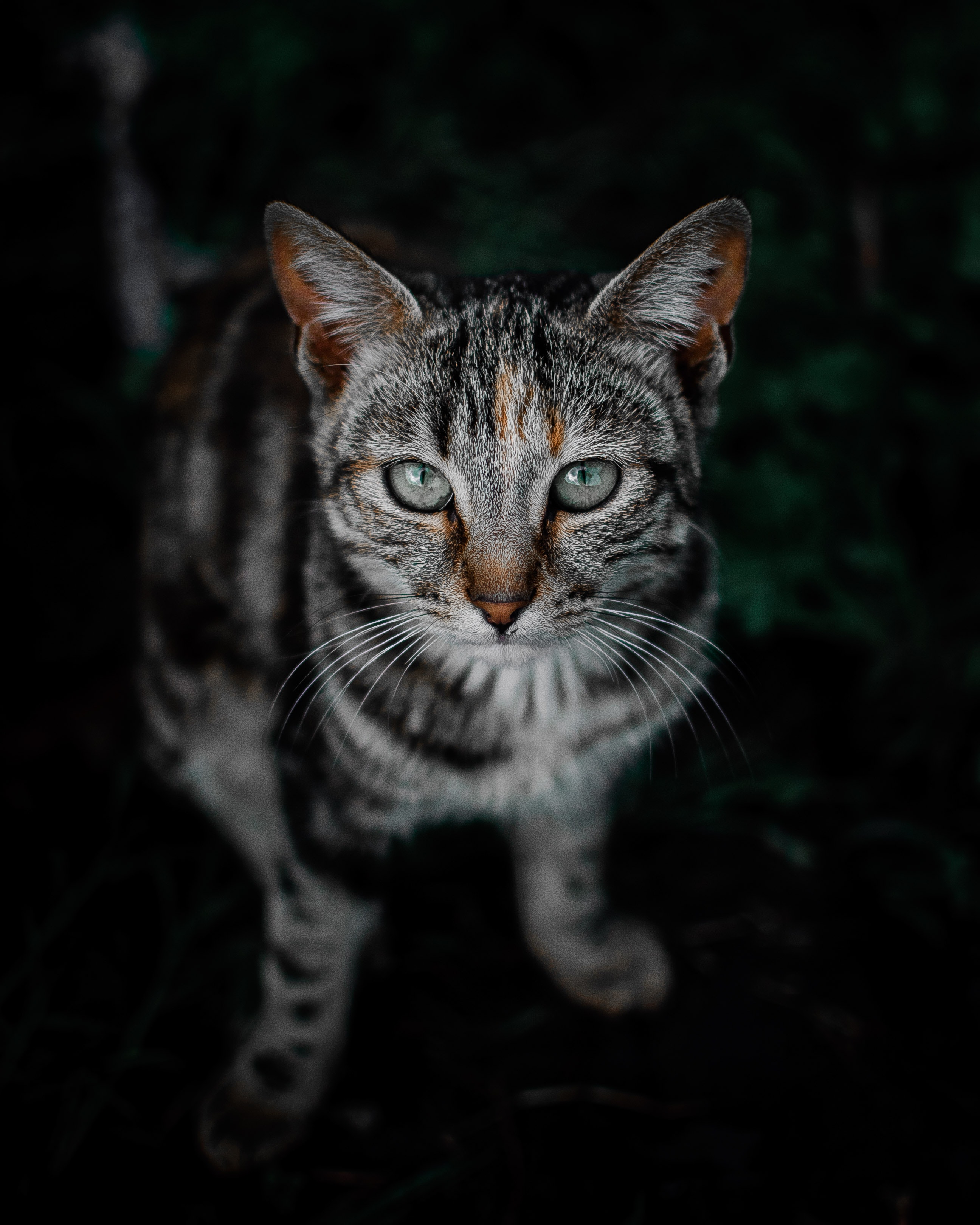A Griffith University student has put the call out to cat owners in the Brisbane and Gold Coast regions to get the scoop on their cat’s poop in the hope of better understanding their impact on wildlife.
Renee Piccolo is an Ecology and Conservation Biology student completing her Honours research project on the potential impact of domestic cats on native wildlife through an online survey and the analysis of their diet using scat samples.
Complete the online survey on your cat’s eating behaviour.
Renee said having more respondents to her online survey will yield greater insight into patterns of cat roaming behaviour, such as the numbers kept indoors or that are free to roam 24/7, but also what animals these cats are preying upon when they are outdoors.
“Although our aim is to learn more about the wildlife domestic cats are potentially eating while wandering away from their residence, we also hope to gather information that will support management decisions not only to protect native wildlife but the welfare of pet cats,” she said.
“By obtaining information on the cat’s location, the project will also provide a spatial representation of the potential impact from domestic cats within the study area. The overarching objective is to improve our understanding of the impact of domestic cats across an urban-rural development gradient.”
All cat owners from Brisbane, the Gold Coast and all surrounding areas who live in urban (built-up residential), peri-urban (residential with surrounding bushland) and rural (large acreage, pasture etc.) landscapes are encouraged to complete the survey.
Part One of the survey is a short questionnaire. After completing Part One, owners can then opt to have samples of their cat’s ‘scat’ analysed by Renee in Part Two of the project to determine what they are eating.
For this phase of the research Renee is interested in obtaining scat samples from cats that are:
- Indoors at night and out during the day;
- Free roaming day and night; and,
- Indoors only.
“The key benefit of this research will be a deeper understanding about the possible impacts of domestic cats in urban environments,” Renee said.
“These data will hopefully be able to provide better information to cat owners as well as local councils to inform the development of strategies to manage urban native wildlife populations.”
For more information or to complete the survey, click here. Or contact Renee directly at [email protected].
